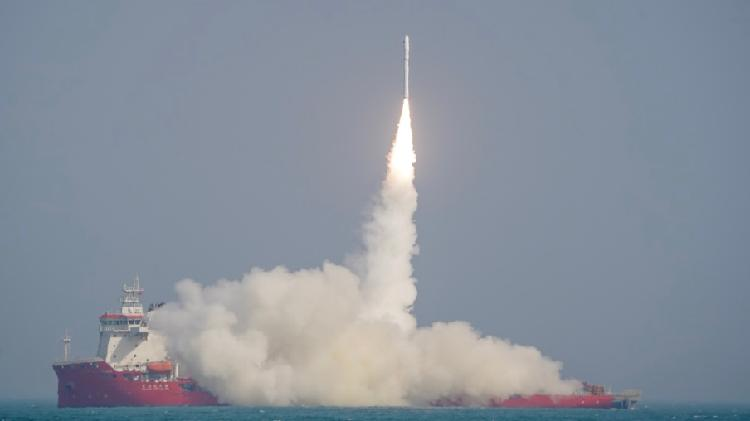China has taken another significant step in space exploration, launching four new satellites into orbit from a sea-based platform near Shandong Province on Thursday. The satellites, named Tianqi 33 to 36, are part of China’s first low-Earth orbit Internet of Things (IoT) constellation, aiming to enhance global connectivity.
The satellites were carried by the CERES-1 rocket, developed by the private aerospace company Galactic Energy. This marks the fourth successful sea-based launch of the CERES-1, which stands out as China’s only commercial rocket capable of launching from both land and sea.
The Tianqi constellation is designed to provide worldwide IoT data services, offering coverage across space, air, ground, and sea. By leveraging miniaturization and cost-effective technology, it supports industries such as agriculture, environmental monitoring, disaster response, and smart city development. For many regions in the Global South, this could mean improved access to data services that support development and innovation.
Galactic Energy’s achievements highlight the rapid growth of China’s private space sector. With 15 commercial rocket launches and 58 satellites deployed, the company is also working on the PALLAS-1, a reusable liquid-fueled rocket, signaling a move towards more sustainable spaceflight.
This launch not only demonstrates China’s advancements in space technology but also opens doors for enhanced global communication and data sharing, potentially impacting communities worldwide, including youths and innovators in the Global South.
Reference(s):
China's commercial rocket sends new batch of satellites into orbit
cgtn.com







